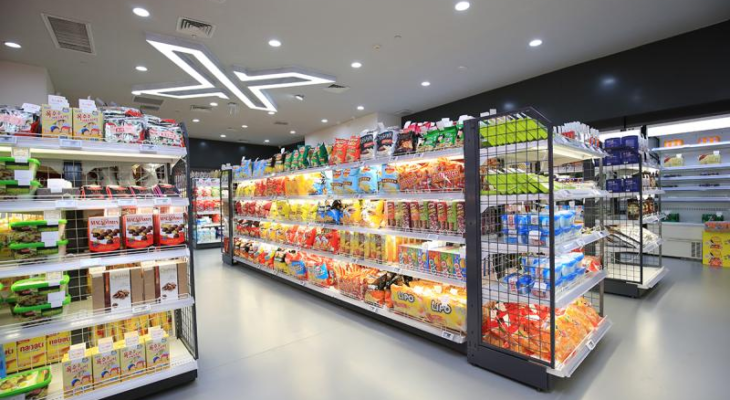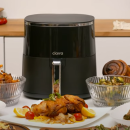
What Is the Future of Convenience Stores?
Convenience stores in the USA today differ greatly from those of the past. C-stores used to be largely used for minor, irregular purchases, whereas weekly journeys to larger retail and grocery stores were used for buying groceries and all major household items.
However, in today’s scenario, the convenience store food service is now able to compete with quick service restaurants too.
Since the first convenience store chain opened in Dallas, Texas in 1927, there have been 95 years of convenience stores. The convenience store sector has always survived by constantly innovating to meet the changing needs of customers.
Rethinking the framework for operating hours and making strategic fuel choices are two of the most notable historical examples.
Convenience stores adopted the “24/7” concept in the 1950s in response to Americans starting to work longer hours. As shift employment became more prevalent, the early 24-hour businesses were frequently situated close to factories and hospitals.
The price of fuel did not seem to affect customers’ preferences for convenience stores in the early 2000s. The suggested relevance of fuel pricing, however, dramatically increased in just 3 years (’09-’12).
As a result, convenience stores started creating fuel pricing plans and creating marketing initiatives related to fuel, like the establishment of fuel loyalty programs.
Currently, c-store foodservice businesses are presenting a comparable opportunity for strategy creation. Increasing consumer demand for quick food items and a focus on pickup and delivery alternatives are two examples of emerging trends.
For instance, recent surveys show that 62 percent of customers spend a minimum of $6 per week on convenience store food service, and 56 percent of consumers buy cooked meals there at least once each month.
When combined with simple delivery and pickup alternatives, hot and prepared food enterprises in convenience stores are in a position to succeed.
What the future now holds for C-store?
Convenience businesses will need to assess how work is monitored and handled in order to stay competitive. Both operational tasks like cleaning routine and inventory checks and maintenance tasks like fixing broken lighting, plumbing, and other equipment are included in this.
C-store owners should be prepared for the emergence of new technology to help automate business processes. To cut down on the time required to track and assign work to contractors and employees, many will probably make use of automation and AI.
In order to notify c-store operators of potential equipment failure or impending preventative maintenance, these systems will also need to be connected with equipment across the store.
Requests for maintenance and repairs could also be delegated to third-party maintenance firms who are experts in carrying out this task. Small operators would be able to use the technology and resources of a larger organization in this way without having to pay for infrastructure.
Operators will be able to use technology to obtain more from their employees as work is streamlined and needs less manual control. Self-checkout stations and other innovations will provide employees more time to concentrate on operational tasks.
If correctly implemented, this additional effort can greatly enhance client interactions and the performance of the store as a whole.












